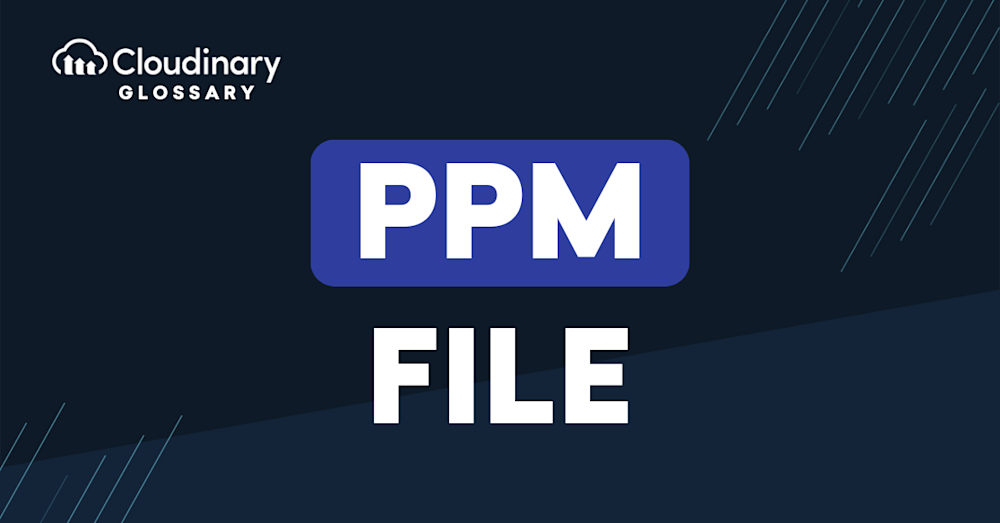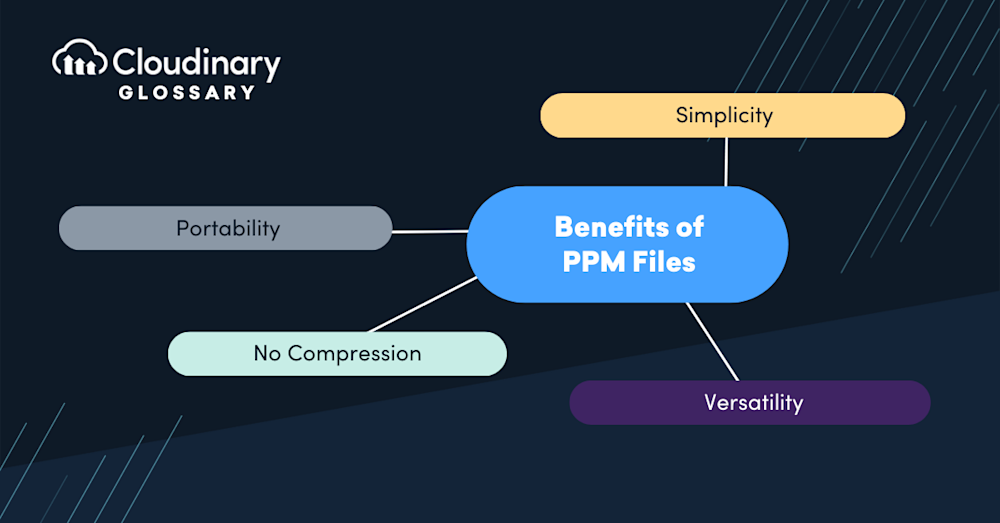What Is a PPM File?
A PPM file, also known as a Portable Pixmap, is a binary or ASCII image file format that stores pixel data in a straightforward manner. PPM files are known for their simplicity, as they represent uncompressed images as a series of pixel values, color data, and metadata without any complex compression algorithms. This simplicity makes PPM files highly portable and easily readable by various programs and platforms.
In a PPM file, the pixel data follows a simple and identifiable pattern—three integer values (ranging between 0 and 255) represent the three primary color components for every single pixel. Developers typically use PPM files while working with graphics at an elementary level, as they apply no compression and use an uncomplicated structure. It’s like your plain, honest toolbox, ideal for beginners or when you need to peel back the layers and see the underlying pixel data in all its raw glory.
How to Create a PPM File
Creating a PPM file is a relatively simple process. You can generate a PPM file by following these steps:
- Determine the image’s dimensions. Decide on the width and height of the image in pixels.
- Select the color depth. Choose the appropriate color depth for your image, such as 8-bit grayscale or 24-bit color.
- Assign pixel values. For each pixel in the image, assign the appropriate color value based on the chosen color depth.
- Save the file. Save the image with the .ppm extension, indicating that it is a PPM file.
There are various image editing software applications and programming libraries that can help you generate PPM files programmatically or through graphical interfaces.
Benefits of PPM Files
- Simplicity – PPM files have a straightforward structure, making them easy to read, write, and understand. This simplicity also makes PPM files suitable for educational purposes and basic image manipulation tasks.
- Portability – PPM files are highly portable and can be easily opened and edited on various operating systems and platforms without the need for specialized software.
- No Compression – PPM files store uncompressed pixel data, ensuring lossless image quality. This is advantageous in cases where preserving every detail and color accuracy is crucial.
- Versatility – PPM files can store grayscale and color images with different color depths, ranging from 1-bit black and white to high-quality true-color images. This versatility makes PPM files suitable for a wide range of applications.
Drawbacks of PPM Files
- File Size – Since PPM files store pixel data without compression, their file size can be considerably larger compared to compressed image formats like JPEG. This can lead to storage and bandwidth challenges when dealing with extensive collections of images or web-based applications.
- Limited Metadata – PPM files have limited support for metadata, such as EXIF data or color profiles, which may be necessary for professional image workflows or specific use cases.
Final Thoughts
While the PPM file format offers simplicity and versatility, managing PPM files can benefit from a robust and scalable digital asset management platform like Cloudinary. Cloudinary provides a comprehensive image and video management solution, offering seamless upload, storage, transformation, and delivery of PPM files.
Cloudinary offers a comprehensive image and video management platform with powerful transformation capabilities and robust DAM functionalities to optimize your management and delivery of PPM files. Embrace the simplicity and versatility of PPM files and enhance your image workflows with Cloudinary’s seamless PPM file management capabilities.
Unlock the full potential of your digital content with Cloudinary’s advanced editing and optimization tools. Sign up today and explore the possibilities of using PPM files in your digital projects.
Additional Resources You May Find Useful:





